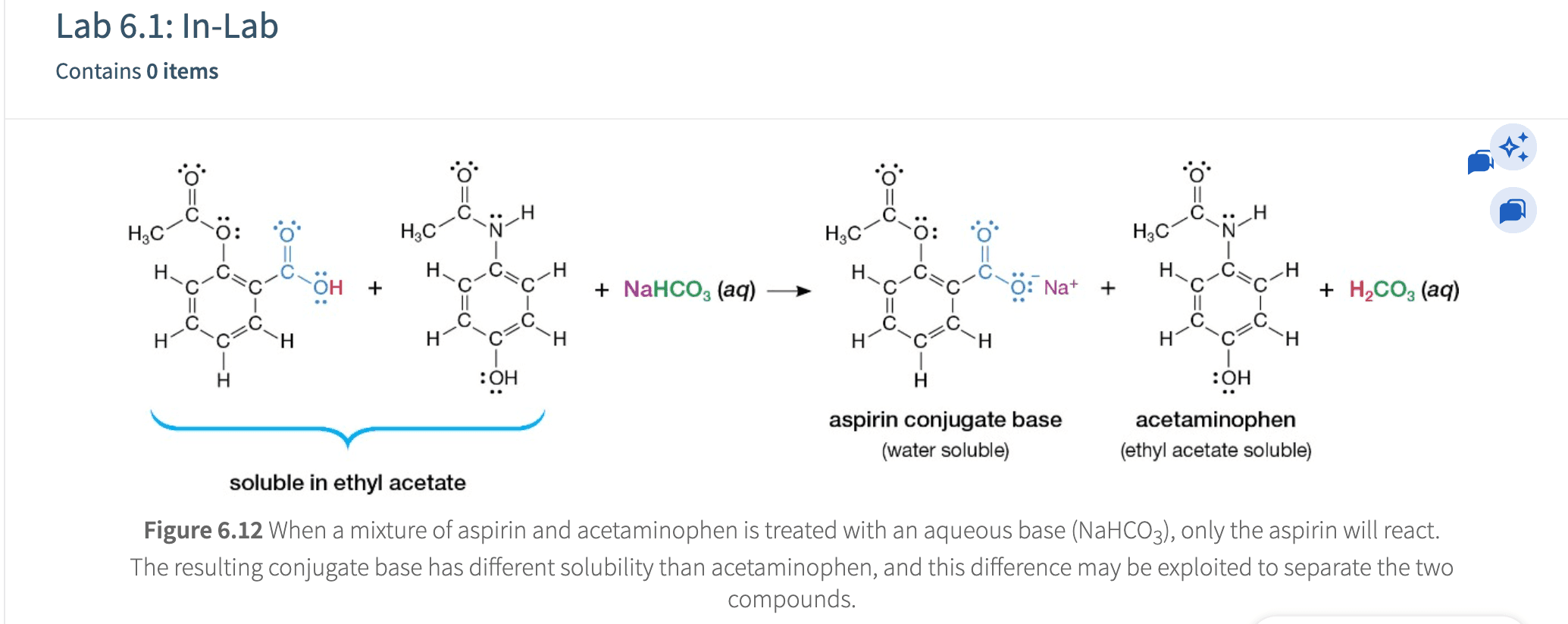Exploring General, Organic, and Biochemistry in the Lab
William G. O'Neal
Help students move through their lab experiments efficiently, while ensuring they have a better understanding of challenging material. Created for a two-semester General, Organic, and Biochemistry course or Introductory Chemistry course, this text features clearly organized and written procedures augmented with photographs and illustrative figures.

Top Hat Interactive eText
requires a join code from instructor
$72.00USD
all prices represent net price, not including 3rd party markups
Hybrid
requires a join code from instructor
$82.00USD
all prices represent net price, not including 3rd party markups
ISBN: 9781617316180
does not require a join code
$94.00USD
all prices represent net price, not including 3rd party markups

Table of Contents for Exploring General, Organic, and Biochemistry in the Lab
- Front Matter
- CH 1: Basic Skills and Techniques
- CH 2: Exploring Matter
- CH 3: Atoms, Elements, and Compounds
- CH 4: Chemical Changes and Energy
- CH 5: Matter and Solutions
- CH 6: Acids and Bases
- CH 7: Organic Molecules
- CH 8: Biomolecules
- Back Matter
- Test Bank
- IM

Key features
- Initiate the study of basic concepts in the general, organic, and biochemistry laboratory through concise introductory material and pre-lab questions that familiarize students with the concepts presented in each exercise
- Investigate the mysteries of matter by following the clearly written procedures and recording data and observations on the provided data sheets. Safety notes, OSHA pictograms, and Technique Tip boxes help students develop skills in laboratory technique while safely working through procedures
- Integrate knowledge of each laboratory topic by making sense of the data students have collected. Critical thinking questions assist students in making connections between what they have learned in lab and how this knowledge can be applied to their studies